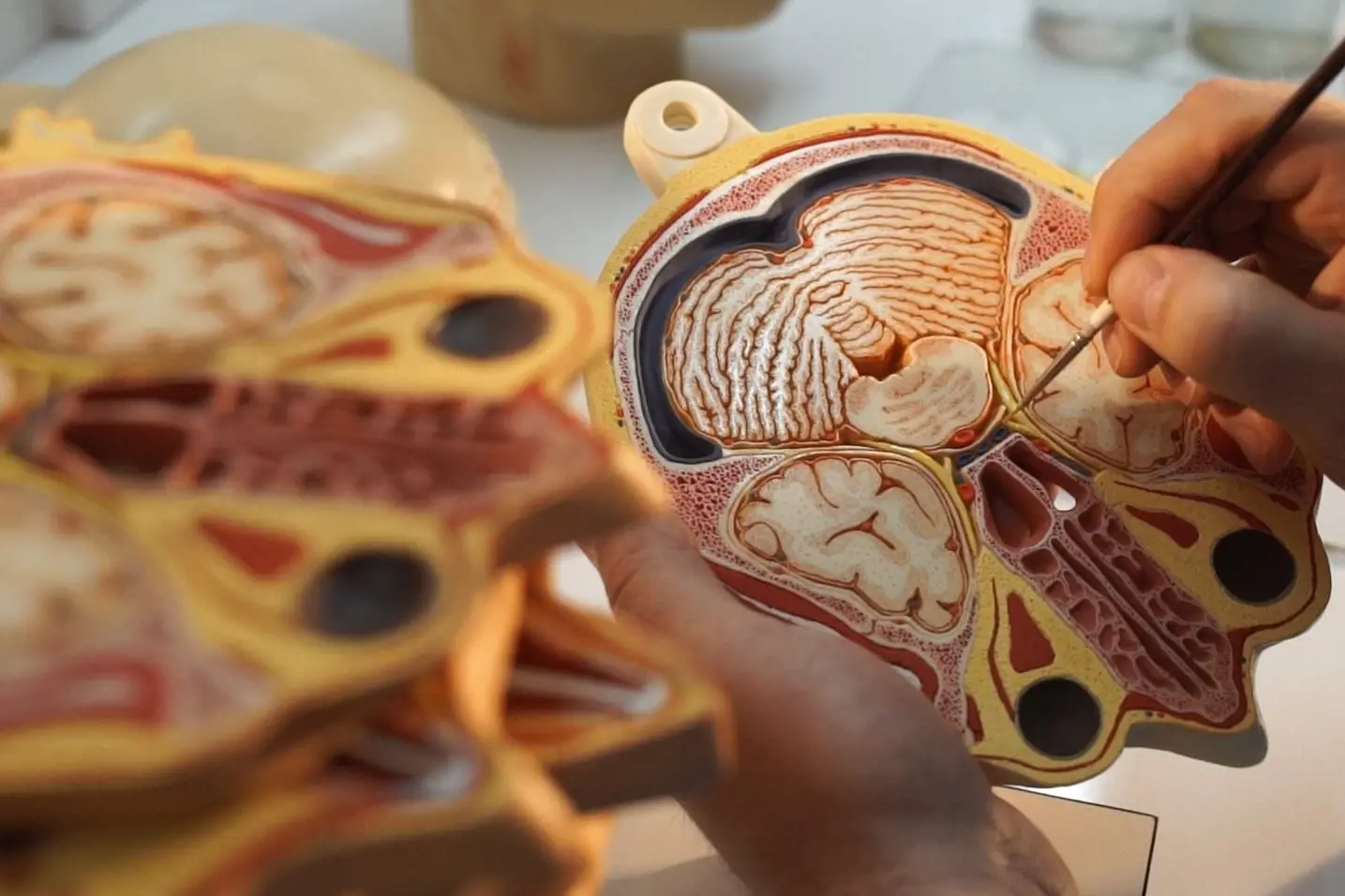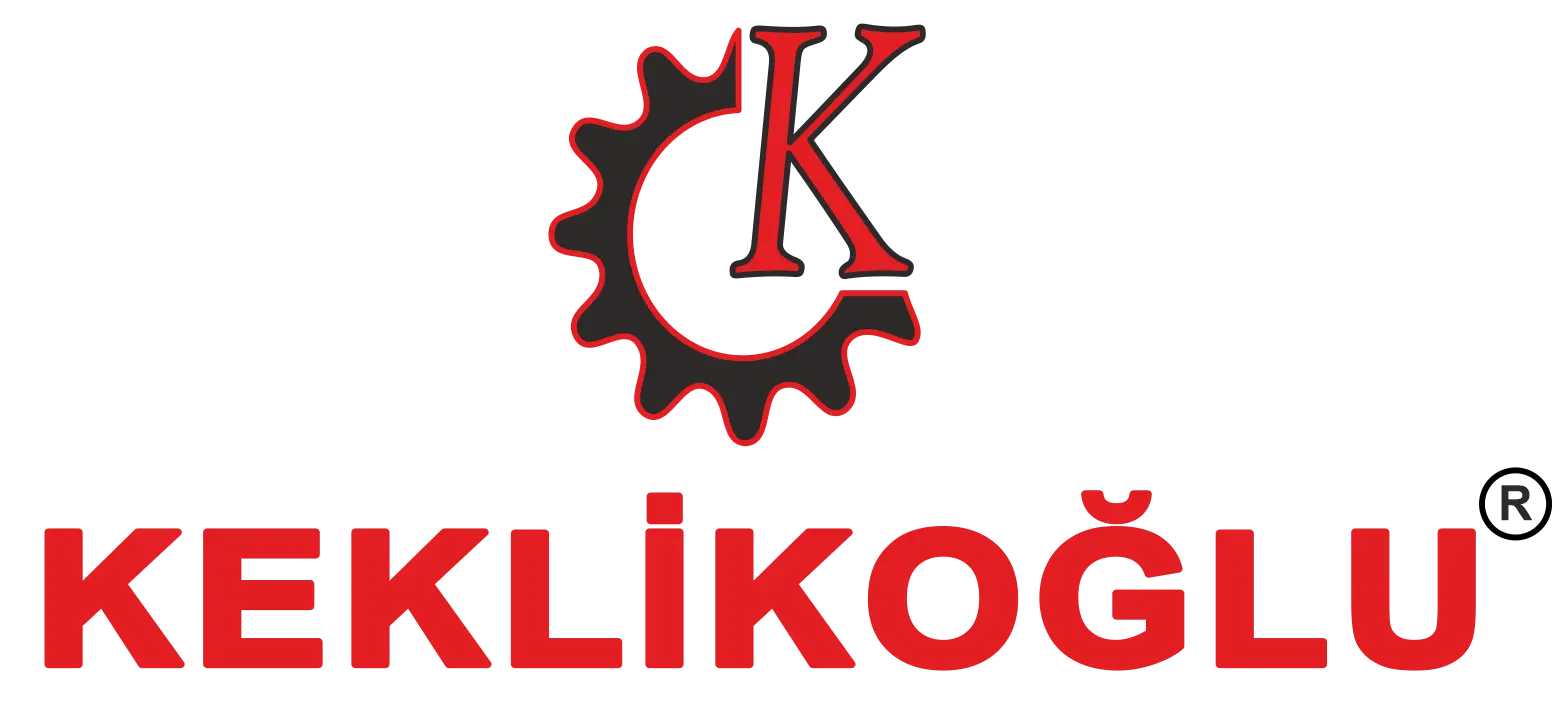0,00 ₺
Tax Included
Item Successfully Added to Cart
inTheStock
KEY FEATURES
Anatomical Structure: Adult Male
Length: 175 cm
Width: 49 cm
Height: 22 cm
Weight: 25 kg
- Not easily deformed special plastic
- Realistic appearance
- One pupil is normal, and the other pupil is mydriasis.
- Prominent nipples, xiphoid process, chest, and rib structure
- Replaceable vein and injection pad structure (spares are provided)
- 7 modules for trauma assessment and care applications
- Rechargeable feature
- 8 hours of battery lifebattery,wireless,tablet,7,
- 7” Tablet as control panel
- Wireless control
GENERAL APPLICATIONS
- Easily movable head, neck, waist, arm, and leg joints.
- Carotid and radial pulse generated via the plastic bulb.
- Thoracentesis and pleural effusion.
- Bilateral pneumothorax in the midclavicular line.
- Breast examination with replaceable female breast structure.
- Application of IV puncture, injection, transfusion, and blood drawing from bilateral forearm basilic, cephalic veins, and dorsal surface of hand.
- Noninvasive blood pressure (BP) measurement; systolic (SBP), and diastolic (DBP) blood pressure values can be adjusted via the control panel.
- IM injection into bilateral deltoid and vastus lateralis muscles of the thigh region.
- IM hip injection in the ventrogluteal and dorsogluteal area.
- Oral and nasal feeding.
- Sputum suction and gastrolavage.
- Male-female urethral catheterization and bladder irrigation where realistic sphincter resistance can be felt.
- Ostomy (colostomy and ileostomy) care.
- Enema administration with using liquid.
AIRLINE CONTROL AND CPR APPLICATIONS
- Oral cavity, tongue, teeth, glottis, epiglottis, trachea, esophagus, right-left lung and stomach structures.
- Audible feedback in esophageal intubation with oral and nasal endotracheal intubation.
- Simulations of jaw locking, neck stiffness, difficult intubation applications with laryngeal edema formation.
- Tracheostomy care.
- Follow-up of correct and incorrect CPR applications and the accuracy of airway opening via the control panel.
TRAUMA EDUCATION
- Incision and suture in the chest.
- Abdominal incision and suture.
- Incision and suture in the thigh region.
- Infected wound care in the thigh area.
- Laceration in the thigh area.
- Foot gangrene formation and wound care.
- Amputated leg.















